The United Nations-brokered cease-fire in Yemen appears to be holding, pausing for now seven years of war. The truce reflects the balance of power on the ground: The Zaydi Shia Houthi rebels control Sanaa and most of northern Yemen; they are on balance the victors. The rest of the country is divided into ministates. Iran has secured a foothold on the Arabian Peninsula.
The Houthis and Saudi Arabia agreed late last week to a two-month-long cease-fire coinciding with the Muslim holy month of Ramadan. The truce can be extended by mutual consent. The Saudi blockade of fuel imports is lifted. The first ship has unloaded in Hodeida harbor. This will facilitate the delivery of food, medicines, and other assistance to the Yemeni people. The blockade of Sanaa airport is lifted to allow a handful of commercial flights a week, apparently to Cairo and Amman.
United Nations negotiators, led by Special Envoy Hans Grundberg of Sweden, deserve credit for the first cease-fire agreement since the second year of the conflict in 2016. Grundberg developed a “framework” for the discussions which effectively ignores the existing U.N. Security Council resolutions which call for Houthi disarmament and territorial surrender. The Houthis had declared a short unilateral cease-fire before the U.N. agreement. They seem more open to a truce with partial blockade relief than in the past.
U.S. President Joe Biden welcomed the agreement publicly. His statement gives credit to the U.N. and to Oman, as well as to the Saudis and the Yemeni government. The Omanis have facilitated contact with the rebels. Omani Sultan Haitham is following in the footsteps of his illustrious predecessor Qaboos as a skilled diplomat seeking to reduce regional tensions.
The Biden administration reversed the Trump administration policy of complete and uncritical support for Saudi Arabia’s intervention in Yemen, which had been a delusional mistake. A year ago Biden publicly called for an end to the war and suspended some offensive military aid to the Saudis, but not enough to satisfy critics in Congress. Opposition on Capitol Hill to continued American aid to the kingdom resonated powerfully in Riyadh and helped secure the cease-fire. Biden’s refusal to deal with Crown Prince Mohammed bin Salman has had more impact on the Saudis than often portrayed; it clearly rankles the prince who is the architect of the disastrous war in Yemen. Biden should stand firm on his position.
The cease-fire leaves the Houthis in possession of the missiles and drones they have used to bombard Saudi and Emirati cities and energy infrastructure. The Saudis have belatedly accepted that they cannot prevent the strikes and that they undermine investor confidence in the kingdom. The Emiratis already came to that conclusion earlier this year.
Iran is a beneficiary of the truce. Tehran has a foothold on the Arabian Peninsula overlooking the strategic Bab el-Mandab Strait between the Red Sea and the Indian Ocean. The Houthis are fiercely independent and are not controlled by Iran. But they are much closer to Tehran and especially the Islamic Revolutionary Guard Corps than they were seven years ago at the outset of the Saudi intervention.
The cease-fire is fragile. It could collapse with little or no warning. There are several spoilers in the country including al-Qaida, independent warlords, and others who want the war to continue. The challenge of converting the truce to a political process is enormous. It may be wiser to concentrate on short steps, for example more flights from Sanaa for medical evacuations. The top priority is extend the cease-fire indefinitely.
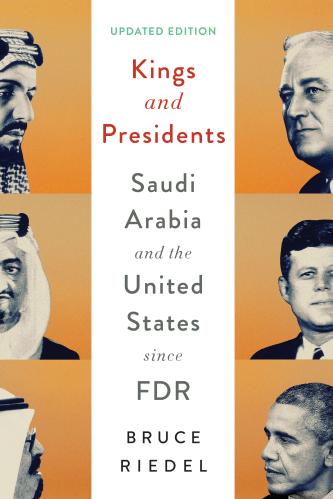

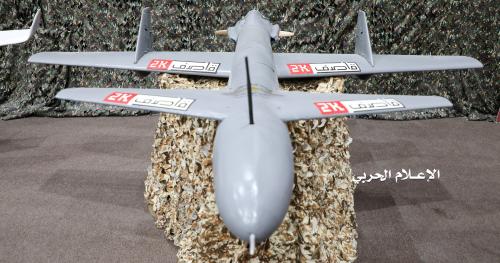
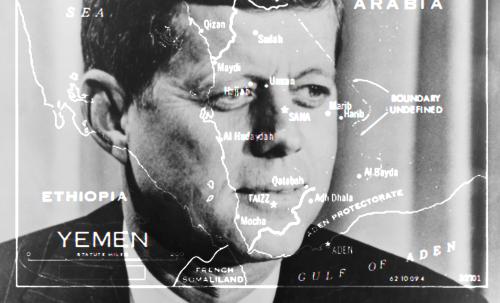
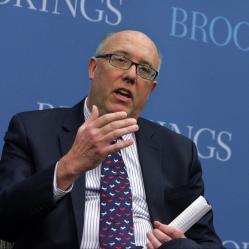
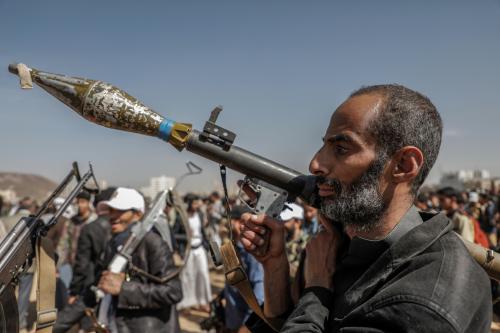
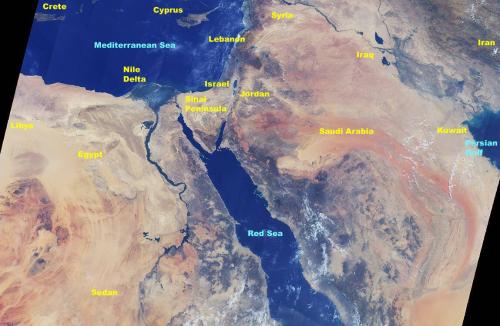

Commentary
Yemen: Peace at last?
April 6, 2022